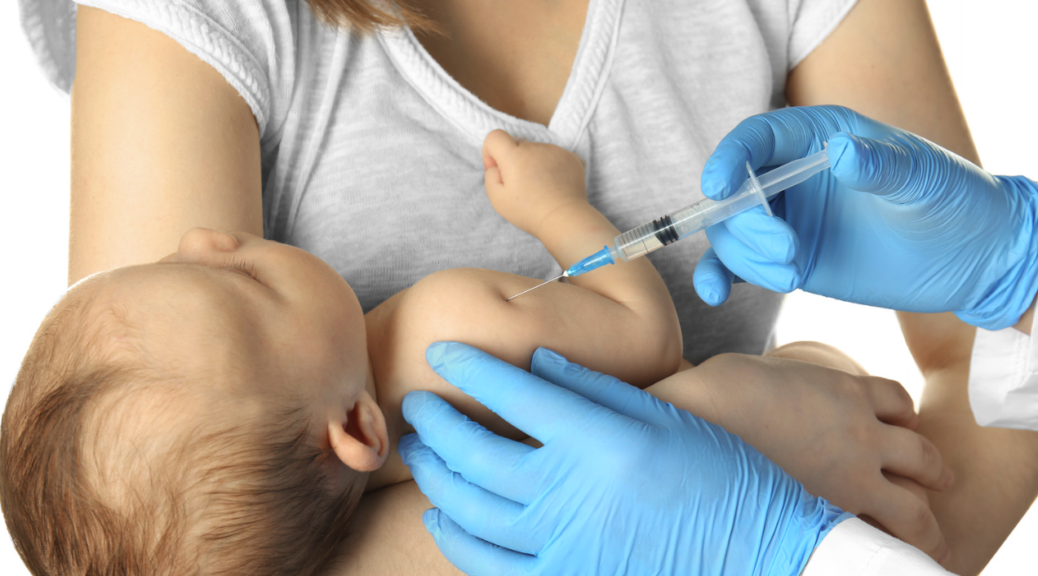
Breastfeeding or breast milk for pain relief in neonatal procedures
In August 2023, the Cochrane Library published a literature review on the use of breastfeeding or expressed breast milk for pain relief in neonatal procedures.
Within routine procedures of care in healthy newborns, as well as in pathological situations, it is quite common to have procedures that can be painful, such as performing heel prick tests or obtaining blood samples.
On many occasions, different strategies are used to alleviate the newborn’s pain during the performance of these techniques. There are several publications that investigated the effectiveness of these strategies, from the use of sucrose to the use of music, with unsatisfactory results.
In 2016, the Cochrane Library published a review where it was observed that breastfeeding the baby while administering vaccines helped to reduce the pain they felt.
In the current Cochrane Library publication, 66 studies were included to evaluate the efficacy of breastfeeding and breast milk in reducing the sensation of procedural pain in newborns.
For this, 66 publications were included: 36 that evaluated the effectiveness of breastfeeding, 29 that evaluated supplementing breast milk, and one publication compared the two methods.
Painful procedures included heel puncture, venipuncture, intramuscular vaccination, eye examination for retinopathy of premature babies, as well as suctioning and removal of skin taping.
Main results
Breastfeeding versus control group
- Reduction of heart rate: compared to maternal holding alone, skin-to-skin contact, breast milk supplementation, and sucrose/glucose administration.
- Reduced crying: Compared to no intervention, being laid on the examination bed, rocking, heel warming, being held by the mother, skin-to-skin contact, bottle feeding of breast milk, and moderate glucose concentration.
- Reduction in Infant Neonatal Pain Scale score compared to no intervention, being held by mother, heel warming, music, EMLA cream, moderate glucose concentration, being swaddled, being swaddled and cuddled.
- Reduction in Neonatal Facial Coding System (NFCS) score compared to no intervention, holding, pacifier, and moderate glucose concentration.
- Reduction in Douleur Aigue Nouveau-né (DAN) score compared to positioning, holding, or placebo.
Supplemental breast milk versus control group
- Reduction in increased heart rate compared to water or no intervention.
- Reduction in duration of crying compared to position, massage, or placebo.
- There is little or no difference in the percentage of time spent crying compared to placebo or glycine.
- Little or no difference in NIPS score compared to no intervention, pacifier, moderate sucrose concentration, eye drops, soft touch and verbal comfort, and breast milk smell and verbal comfort.
- Reduction in NFCS score compared to glycine. NFCS scores were lower compared to massage and water, and there was no difference compared to no intervention, EMLA, and moderate sucrose suspension. They were higher compared to rocking or the use of pacifiers.
Conclusions of the authors
The authors of the study point out that breastfeeding or supplemental breast milk has an impact on the reduction of pain in the procedures performed on newborns in comparison with the use of other approaches.
On the other hand, we would like to point out that this review also reveals that it is not only the effect of breast milk itself, but it is the act of feeding at the breast, which has more effects on different scores and signs.
References
Shah, P. S., Torgalkar, R., & Shah, V. S. (2023). Breastfeeding or breast milk for procedural pain in neonates. The Cochrane database of systematic reviews, 8(8), CD004950. https://doi.org/10.1002/14651858.CD004950.pub4
Harrison, D., Reszel, J., Bueno, M., Sampson, M., Shah, V. S., Taddio, A., Larocque, C., & Turner, L. (2016). Breastfeeding for procedural pain in infants beyond the neonatal period. The Cochrane database of systematic reviews, 10(10), CD011248. https://doi.org/10.1002/14651858.CD011248.pub2